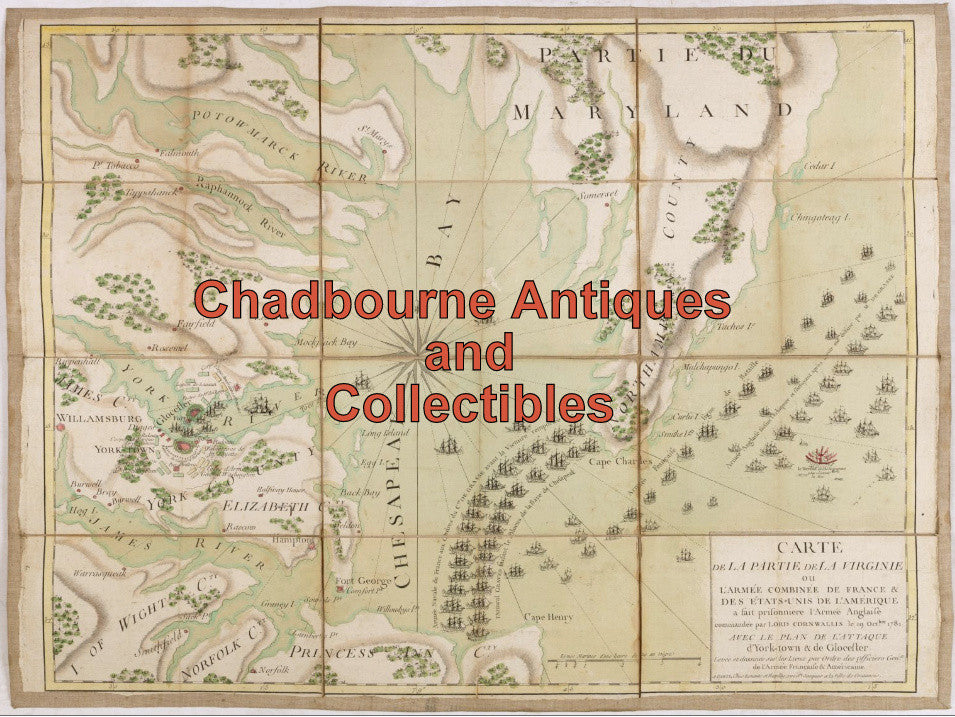$150.00 CAD
| /
1803 letter from Scotland's greatest cabinet-maker William Trotter to A. D. Cumming Gordon, Member of Parliament for Inverness, regarding furniture commission.
Large red ‘FREE APR 13 1803’ cancellation on front as well as another smaller indistinct red oval cancellation. On back, black circular ‘ AP 18 –803’.
4 pages, one with text. Folded into an envelope.
William Trotter of Ballindean JP DL (1772–1833) was a Scottish cabinet-maker who served as Lord Provost of Edinburgh from 1825 to 1827. A highly respected maker of Regency furniture he has been called Scotland's greatest cabinet-maker. He has a distinctive and recognisable style.
WIKIPEDIA
Young & Trotter were amongst Edinburgh’s most illustrious and fashionable suppliers. At the time of this sideboard acquisition, they had premises on Princes Street and both men lived on St James’s Square. The construction of Edinburgh’s New Town afforded much new business. The Trotter dynasty stretched over a century. William Trotter was admitted to the Merchant Company of Edinburgh in 1724 and initially dealt primarily in hardware. From 1750 Trotter merged with the upholsterer, Robert Young, from this point the company came into its own. The clients they supplied were wealthy and the houses furnished illustrious. Most of the major Scottish aristocrats acquired work from their workshops. These patrons and clients included Lord Dundas, the Earls of Hopetoun, Dumfries and Rosebery, Sir James Clerk of Penicuik, The Duke of Hamilton and the Comte D’Artois for his apartments at Holyrood House, The Duke of Buccleuch and many Edinburgh institutions of note. Many of these figures knew each other and were acquaintances of William Forbes.
https://www.sothebys.com/en/auctions/ecatalogue/2017/two-great-scottish-collections-l17317/lot.308.html
